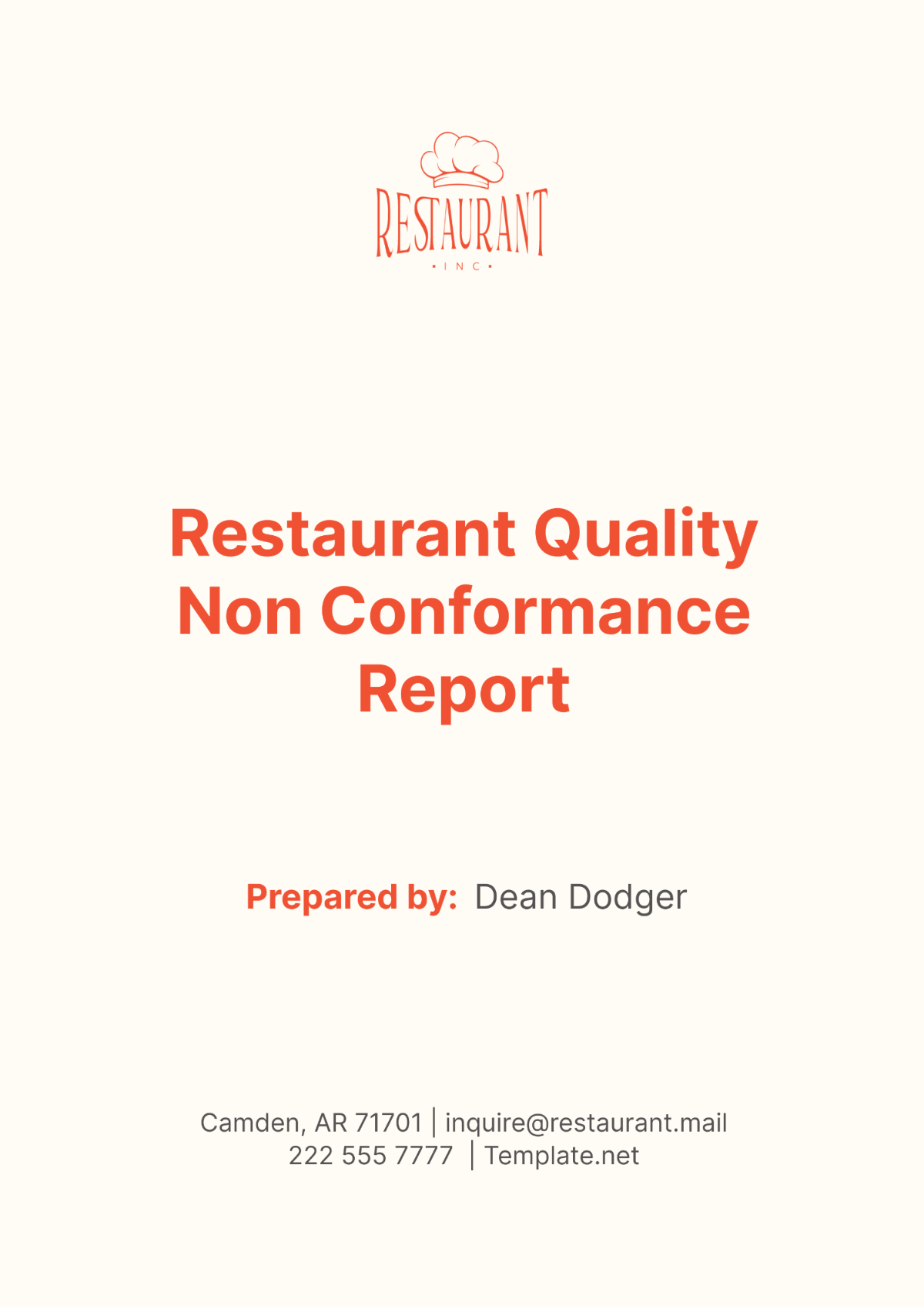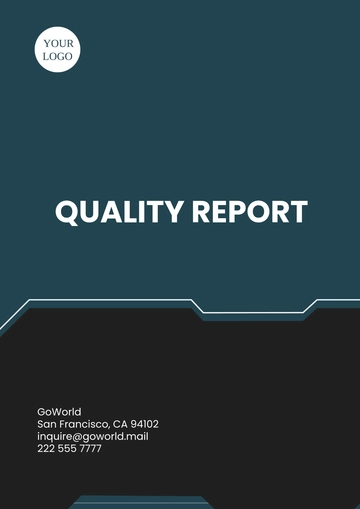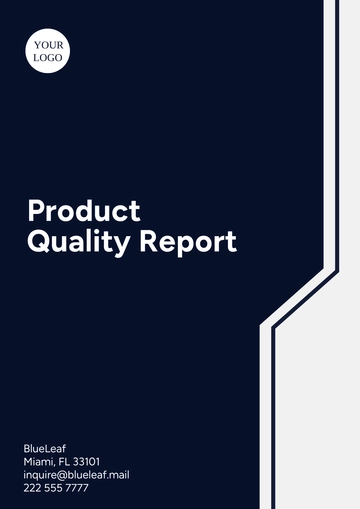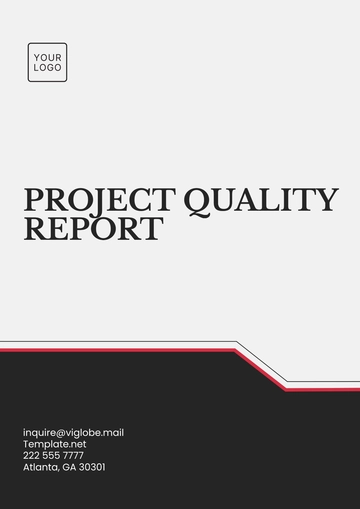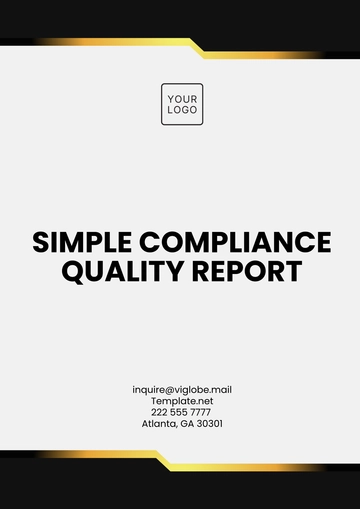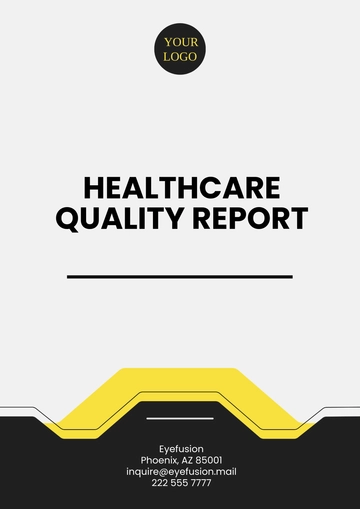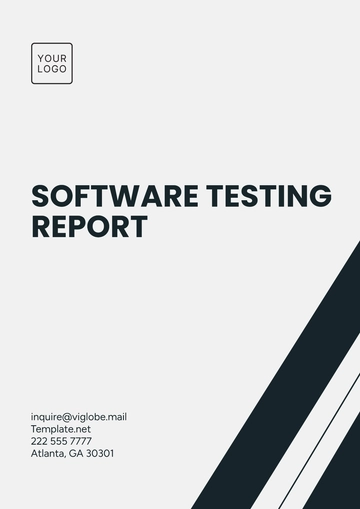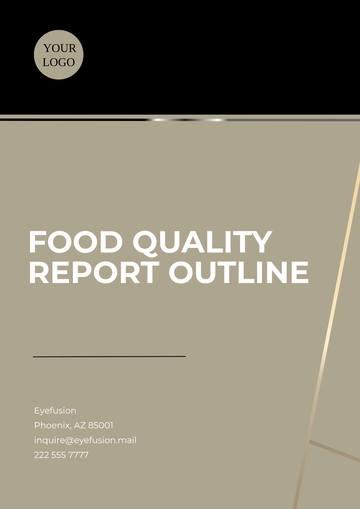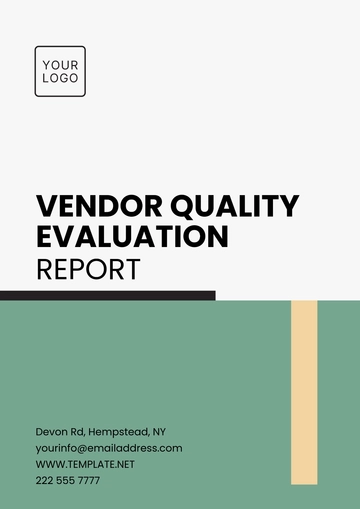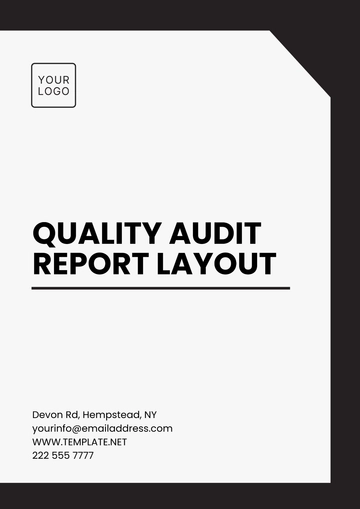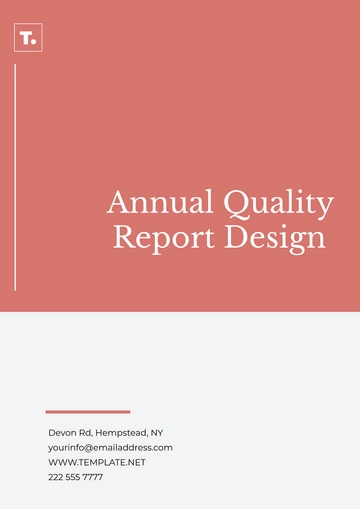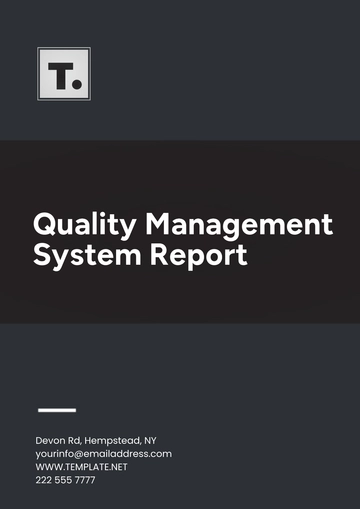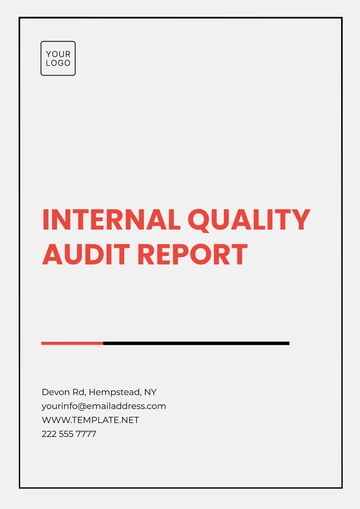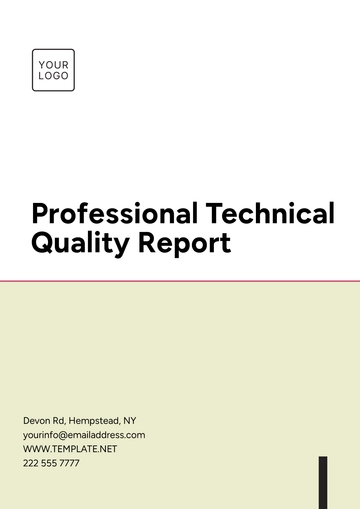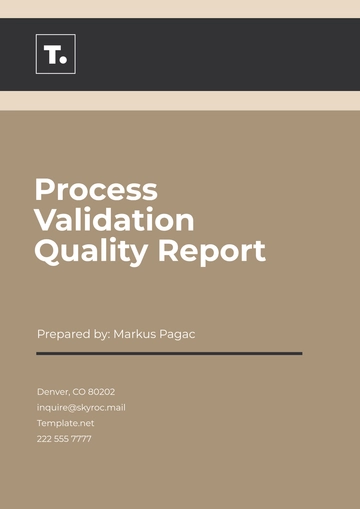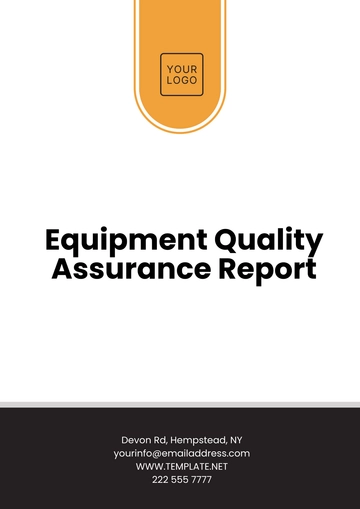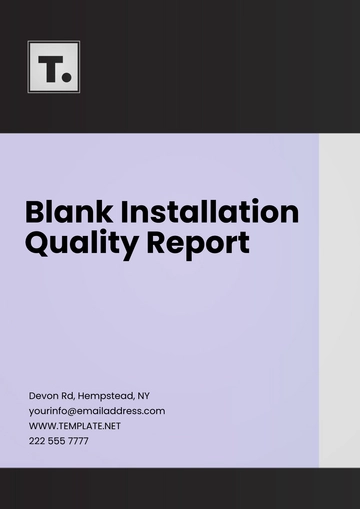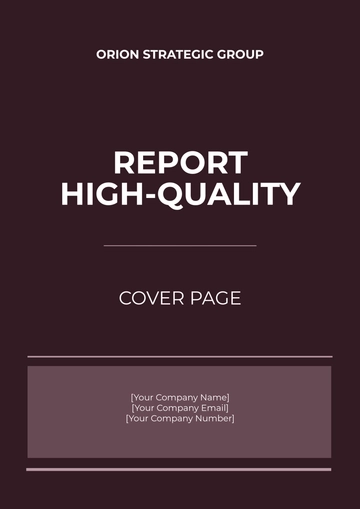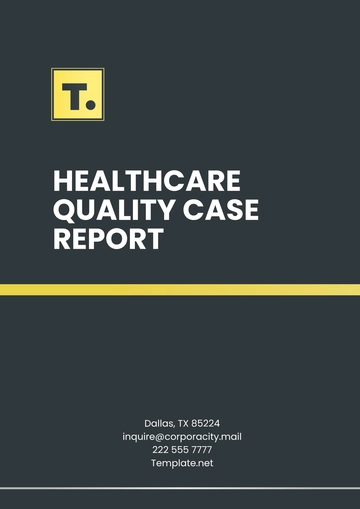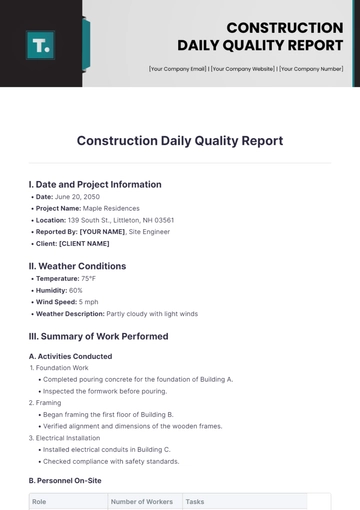Restaurant Quality Non Conformance Report
I. Executive Summary
This Restaurant Quality Non-Conformance Report aims to document and address a recent quality issue that occurred within our operations. The report outlines the incident details, identifies the type of non-conformance, analyzes the root causes, and provides both immediate corrective actions and long-term preventive measures.
Key Findings
A significant non-conformance issue was identified in the food prep area.
Incident resulted from inadequate training and lapses in hygiene practices.
Immediate corrective actions were implemented to address the issue.
Long-term measures are being developed to prevent recurrence.
II. Introduction
Our restaurant has been dedicated to providing high-quality dining experiences for over five years. As part of our commitment to excellence, we continuously monitor and address any quality issues that arise. This non-conformance report aims to identify the root causes of the recent quality incident, implement immediate corrective actions, and develop long-term preventive measures to ensure such issues do not recur.
III. Incident Details
On [Date], at approximately 7:30 PM, a quality non-conformance issue was identified in the kitchen area. During a routine internal audit, it was discovered that several batches of prepared ingredients were stored at incorrect temperatures, posing a potential food safety risk. The incident was immediately reported to the management team for further investigation and action.
IV. Non-Conformance Identification
The identified non-conformance was related to food safety, specifically concerning improper storage temperatures for prepared ingredients. The issue was detected during a routine internal audit conducted by our quality assurance team. The impact of this non-conformance included the potential for foodborne illnesses, which could affect customer health and damage our restaurant's reputation. Additionally, the incident led to temporary disruptions in our kitchen operations as immediate corrective actions were implemented.
V. Root Cause Analysis
The root cause analysis revealed that the primary cause of the non-conformance was inadequate staff training on proper food storage procedures. Additionally, there were lapses in monitoring and maintaining correct storage temperatures. Contributing factors included malfunctioning refrigeration equipment and a lack of clear protocols for regular equipment maintenance and temperature checks.
VI. Immediate Corrective Actions
To address the issue promptly, we implemented several immediate corrective actions. The following table outlines these actions, along with the timeline for completion and the responsible parties.
Action | Timeline for Completion | Responsibility |
|---|
Discard all affected ingredients | Immediate | Supervisor |
Repair and calibrate refrigeration equipment | 24 hours | Maintenance |
Conduct staff retraining on food storage | 48 hours | HR Manager |
Implement temporary enhanced temperature checks | 48 hours | QA Team |
By taking these immediate corrective actions, we aimed to mitigate the potential risks and restore normal operations while ensuring food safety standards were upheld. Further steps will be taken to develop long-term preventive measures to prevent similar issues in the future.
VII. Long-Term Preventive Measures
To prevent the recurrence of the identified non-conformance issue, we have developed a series of long-term preventive measures. These measures focus on enhancing staff training, improving equipment maintenance, and establishing more rigorous monitoring protocols. By implementing these strategies, we aim to ensure sustained compliance with food safety standards and enhance overall operational efficiency.
Enhanced Staff Training Programs: Implement ongoing training sessions on food safety and storage procedures, including bi-annual refresher courses for all kitchen staff.
Regular Equipment Maintenance: Establish a scheduled maintenance plan for all refrigeration and storage equipment, including quarterly inspections and servicing.
Improved Monitoring Protocols: Introduce digital temperature monitoring systems with real-time alerts to ensure immediate detection of any deviations from the required storage conditions.
Standard Operating Procedures (SOPs): Develop and enforce detailed SOPs for food storage and handling, including checklists and documentation requirements.
Quality Assurance Audits: Conduct monthly internal audits to ensure adherence to food safety standards and identify any potential issues before they escalate.
VIII. Conclusion
This Restaurant Quality Non-Conformance Report has identified a significant food safety issue, analyzed its root causes, and implemented both immediate and long-term corrective measures. By addressing the root causes and establishing robust preventive measures, we are committed to maintaining the highest standards of food quality and safety. Continuous monitoring and staff training will be pivotal in ensuring that such incidents do not recur, thereby safeguarding the health of our customers and the reputation of our restaurant.
Restaurant Templates @ Template.net
